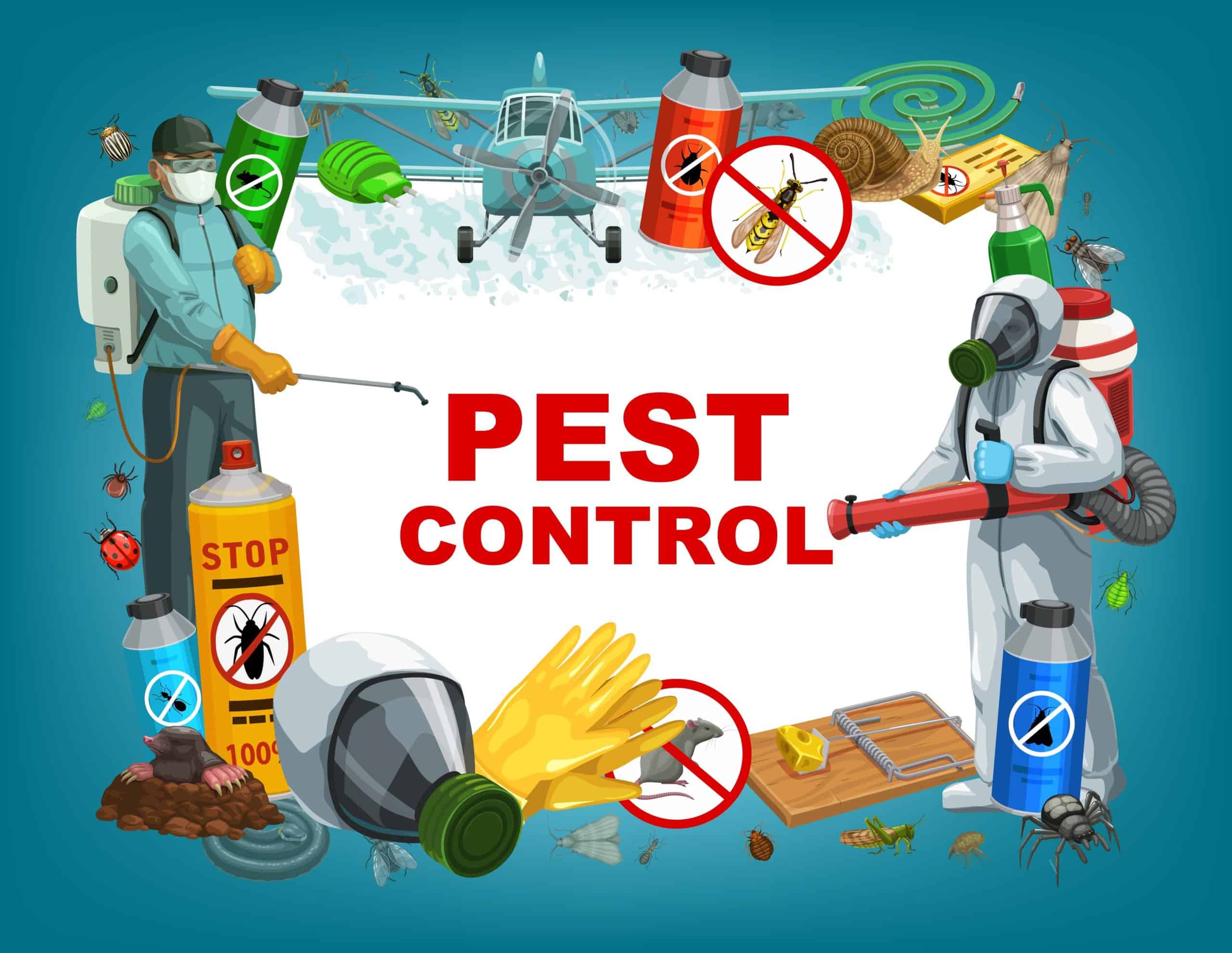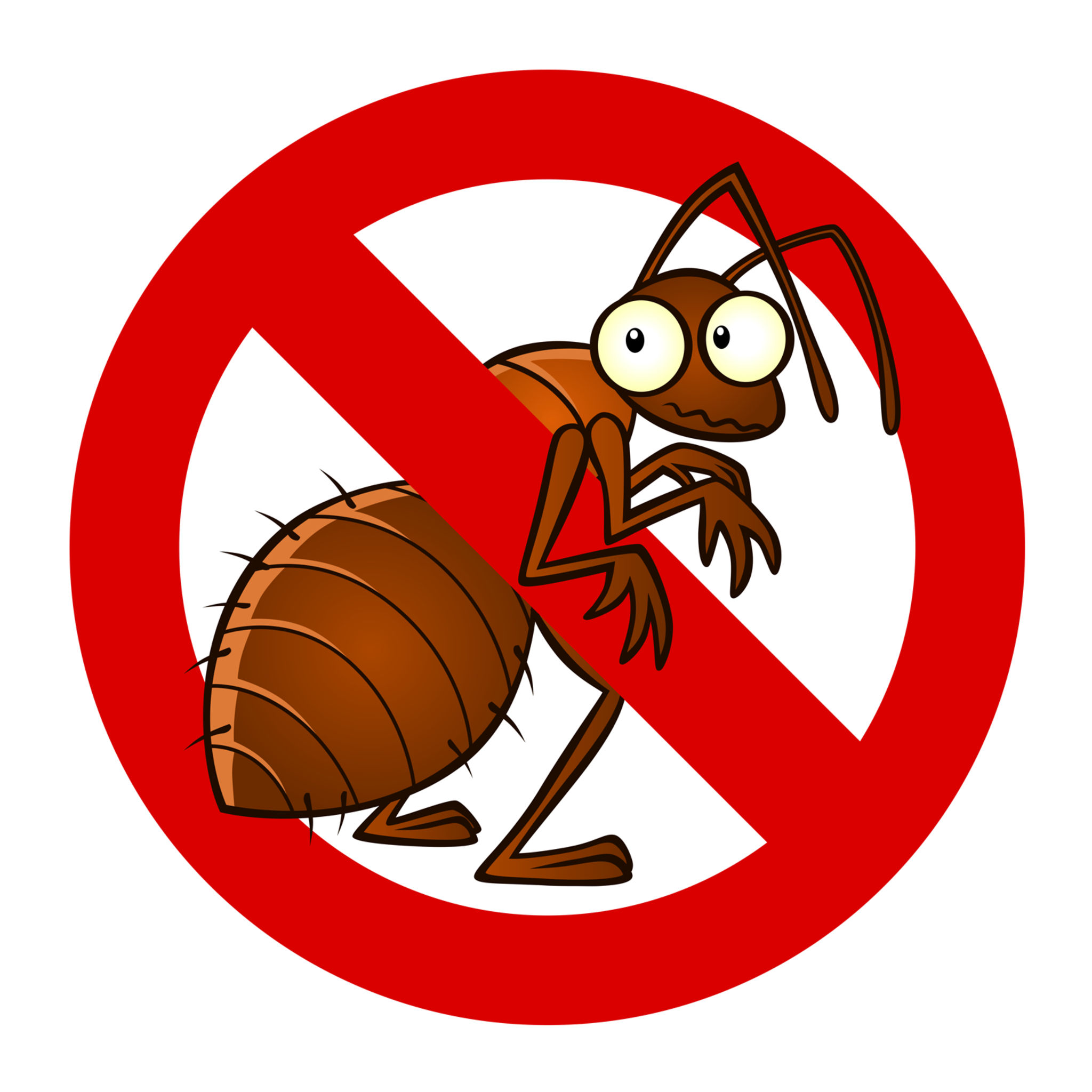Specialist A1 Charlotte Bed Bug Exterminator - Quality Service Assured
Specialist A1 Charlotte Bed Bug Exterminator - Quality Service Assured
Blog Article
Bed Insect Therapy Malfunction: Comparing Chemical Vs. Non-Chemical Solutions
In the world of bug control, especially when handling the persistent issue of bed pests, the option in between chemical and non-chemical therapy remedies can be a critical one. Both approaches supply distinctive advantages and drawbacks, influencing variables such as performance, safety factors to consider, and general expense. By taking a look at the nuanced information of each method, a more clear understanding of which path to go after in addressing a bed insect problem can be achieved.
Performance of Chemical Treatments
Chemical treatments for bed insect infestations have actually been commonly identified for their potent and rapid effectiveness in getting rid of these pests. When thinking about the efficiency of chemical therapies, it is critical to recognize that they can give a fast and thorough solution to a bed bug issue. Expert pest control men typically depend on insecticides to target bed bugs at various phases of their life process, including eggs, nymphs, and grownups. These chemicals commonly function by interrupting the bed pests' nerves, resulting in paralysis and ultimate fatality.
Furthermore, chemical treatments have the benefit of using residual results, meaning that they can continue to eliminate bed bugs also after the first application. This residual activity is particularly beneficial in combating any type of prospective re-infestations. In addition, the rapid activity of chemical therapies can bring relief to people dealing with severe bed pest invasions, allowing them to reclaim control of their space promptly.
Security Interest In Chemical Solutions
When using chemical remedies for bed bug treatment is guaranteeing the security of owners and the atmosphere,One critical aspect that needs cautious factor to consider. While chemical therapies can be reliable in eradicating bed insects, they might position risks if not managed effectively. Among the primary security concerns with chemical options is the possible injury they can cause to human health. Direct exposure to certain chemicals used in bed pest treatments can result in breathing problems, skin irritability, or other negative reactions, particularly in people with pre-existing conditions or level of sensitivities. Furthermore, incorrect application or dosage of chemical pesticides can result in toxic residues sticking around in the cured location, posturing long-lasting health and wellness risks to owners.
In addition, the environmental impact of chemical options is one more significant factor to consider. Some pesticides made use of in bed pest treatments might be harmful to useful bugs, wildlife, and ecological communities if they leach right into the dirt or water supply. It is essential to make use of chemical therapies sensibly, complying with security standards, and thinking about much less hazardous alternatives to minimize these threats and ensure the secure and efficient administration of bed pest infestations.
Benefits of Non-Chemical Strategies
Thinking about the potential security problems and ecological impact connected with chemical options for bed insect therapy, discovering non-chemical approaches offers a promising choice with numerous distinctive benefits. Non-chemical approaches supply a safer alternative for houses, particularly those with children, individuals, or pet dogs delicate to extreme chemicals. These strategies get rid of the dangers of exposure to harmful materials, reducing the potential for negative health impacts. Furthermore, non-chemical treatments are eco-friendly, as they do not add to air or water air pollution, making them a sustainable option for bug control.
Additionally, non-chemical solutions can be reliable in targeting bed insects, including hard-to-reach locations where chemical treatments may not pass through - A1 bed bug exterminator charlotte. Approaches such as warmth therapy, vacuuming, vapor cleaning, and cushion coverings supply comprehensive obliteration without the use of unsafe chemicals.
Limitations of Non-Chemical Treatments

Additionally, non-chemical therapies usually need several applications to accomplish effective eradication. This can be lengthy and might not always ensure complete removal of all bed insects and their eggs, especially in covert or hard-to-reach locations.
Furthermore, the success of non-chemical treatments heavily depends on general pest control appropriate application and thoroughness, which can be testing for people without professional competence. Insufficient application of non-chemical methods may cause incomplete obliteration, bring about persistent infestations and the need for extra therapies.
As a result, while non-chemical treatments have their benefits, it is necessary to recognize these limitations and consider them when identifying the most effective approach for managing bed bug invasions.
Expense Contrast: Chemical Vs. Non-Chemical Options
Offered the restrictions related to non-chemical treatments, a crucial aspect to assess in the context of bed pest monitoring is the price contrast in between chemical and non-chemical alternatives. Chemical therapies typically involve the application of pesticides by professionals, which can vary from $250 to $900 per space, depending on the extent of the infestation and the size of the location to be treated. In comparison, non-chemical treatments like heat treatment or steam can be extra pricey, with prices ranging from $1,000 to $6,000 for an entire home. While the preliminary cost of chemical treatments may appear lower, several treatments might be needed to fully get rid of the invasion, possibly enhancing the overall expense. On the various other hand, non-chemical options might provide a more sustainable and environment-friendly remedy, although they can be cost-prohibitive for some individuals. Inevitably, when taking into learn this here now consideration the cost of bed bug therapy choices, it is essential to consider the ahead of time expenses against the effectiveness and long-lasting sustainability of the browse around this site selected approach.
Conclusion

Considering the potential safety concerns and environmental effect associated with chemical services for bed pest treatment, checking out non-chemical strategies presents an encouraging option with several distinct advantages.Offered the constraints associated with non-chemical therapies, a vital facet to assess in the context of bed insect monitoring is the expense comparison in between chemical and non-chemical choices. In contrast, non-chemical therapies like heat treatment or vapor can be more pricey, with expenses varying from $1,000 to $6,000 for an entire home. While the first expense of chemical therapies may appear lower, multiple treatments might be called for to fully eradicate the infestation, possibly boosting the general expense.In final thought, when comparing chemical and non-chemical bed pest treatment choices, it is crucial to consider effectiveness, safety and security, benefits, limitations, and cost.
Report this page